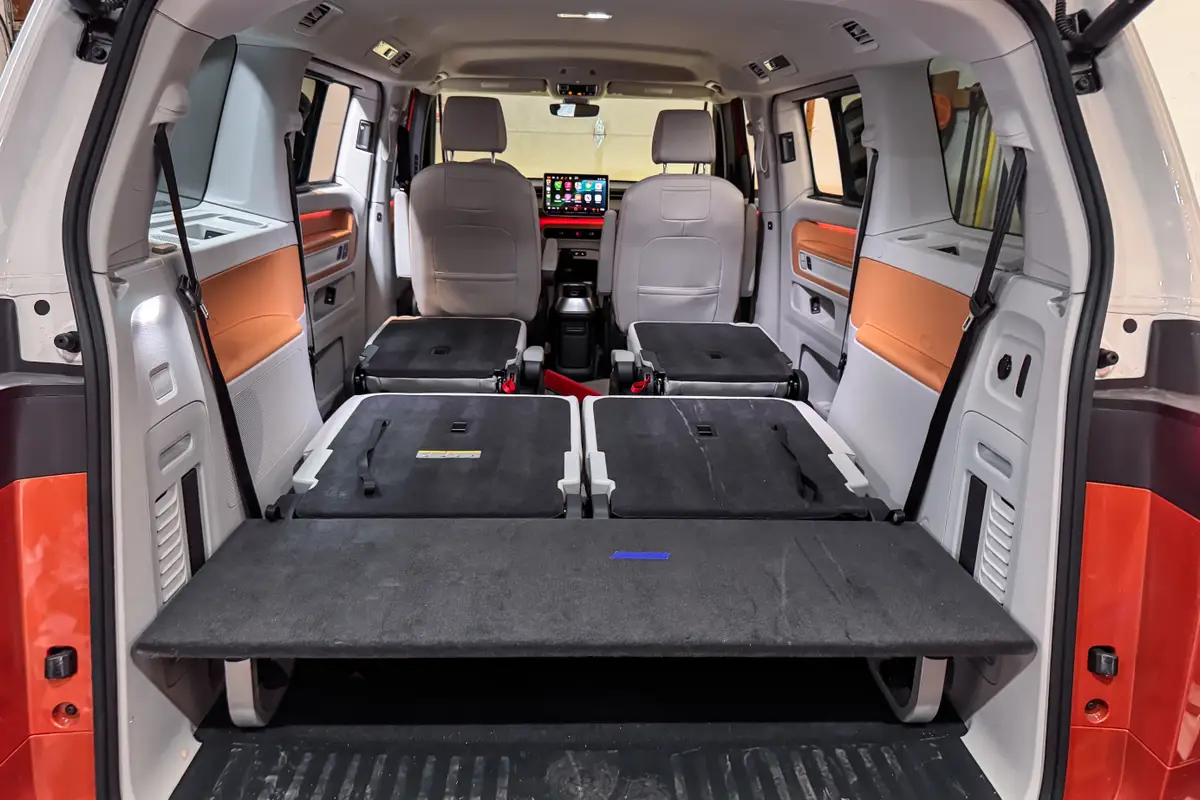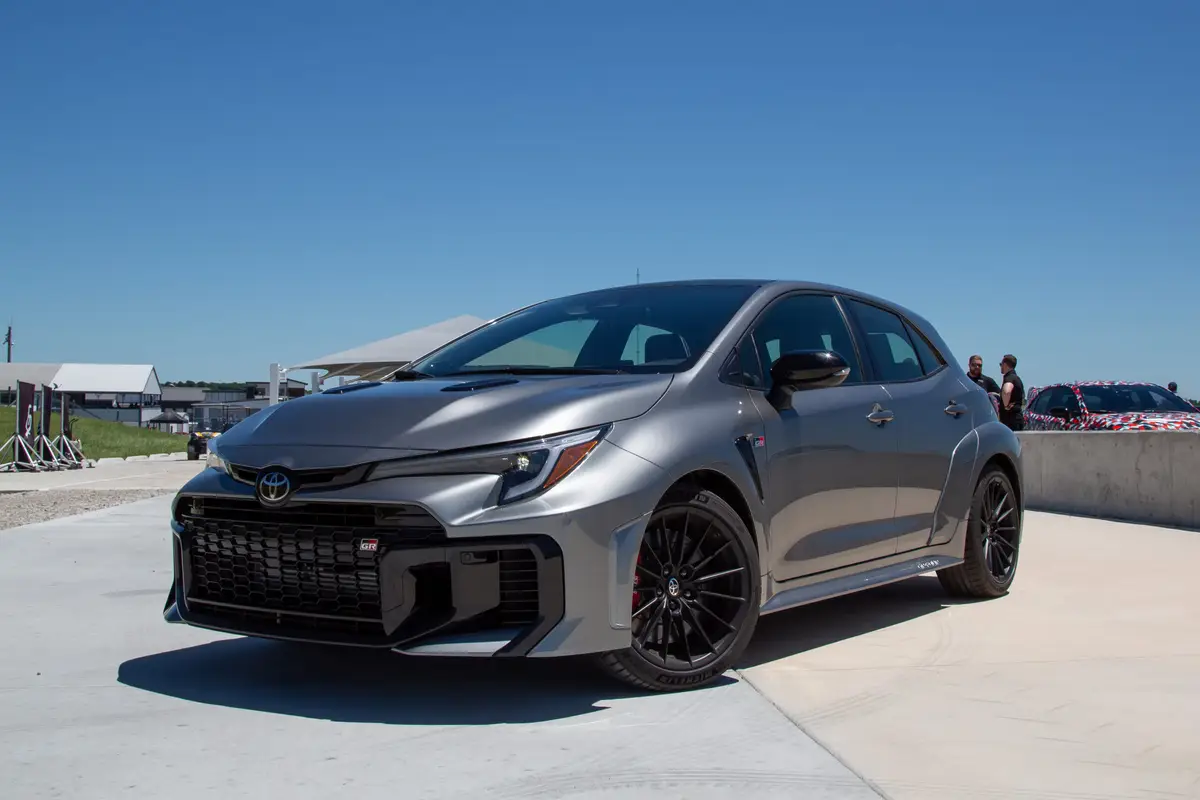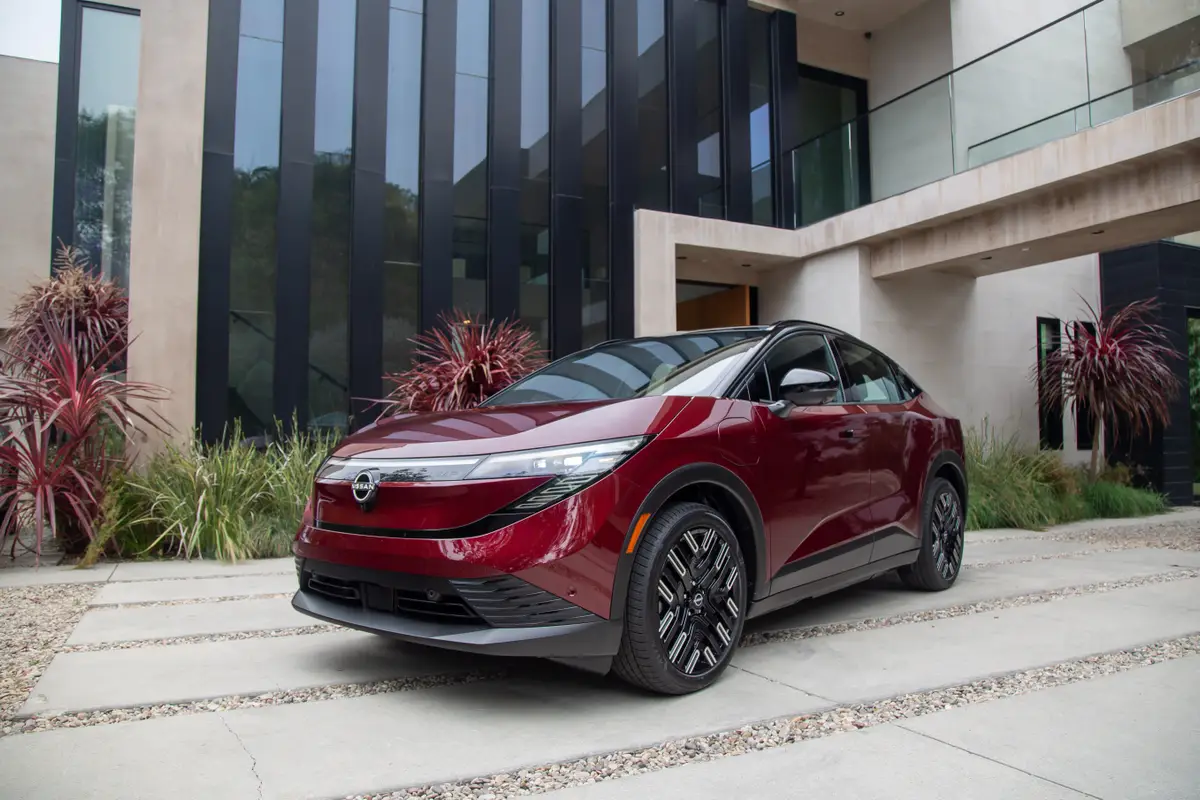2018 Honda Clarity Plug-In Hybrid: Quick Drive

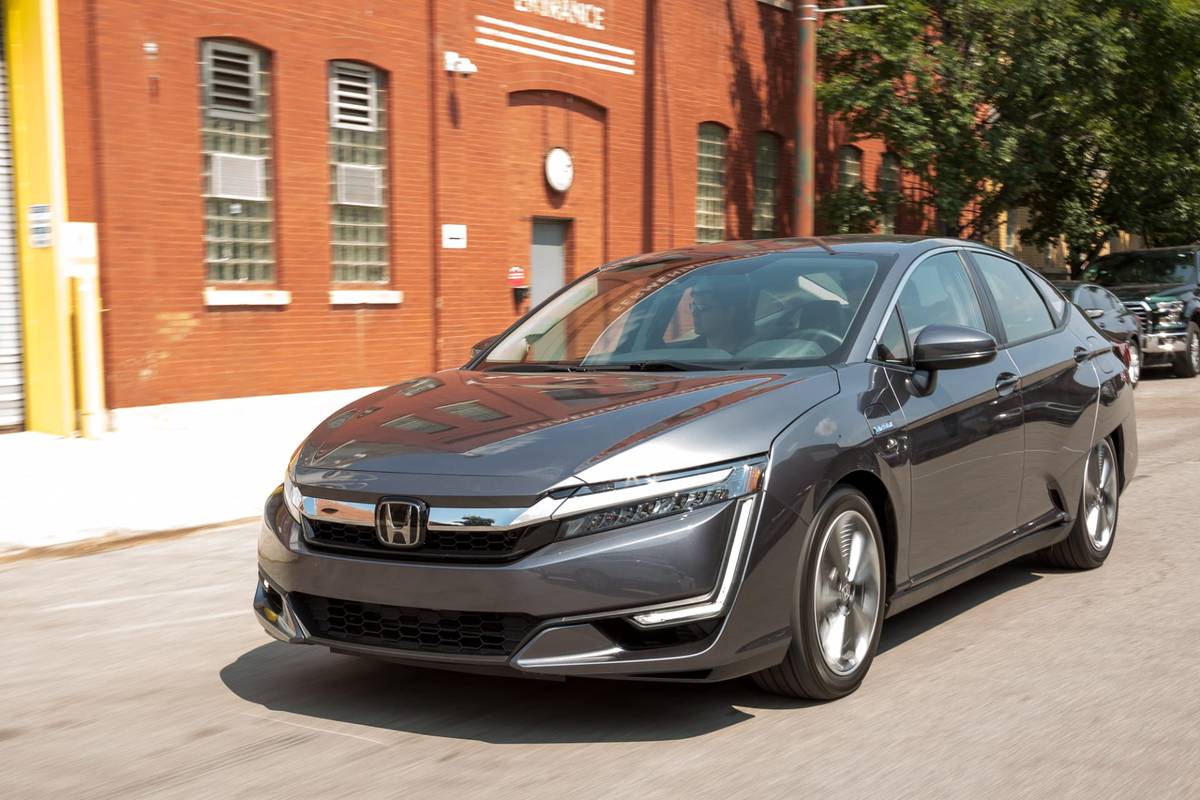
CARS.COM — After a brief drive in the 2018 Honda Clarity Plug-In Hybrid, I’m confident the new model will join the very small subclass of desirable plug-in hybrid electric vehicles, but it won’t revolutionize a market segment that seems to be a bigger deal in the minds of automakers than in those of U.S. consumers. The 2018 Honda Clarity Plug-In Hybrid — and its newly announced EPA-estimated electric range of 47 miles — marks the second Clarity powertrain we’ve driven. The first was the hydrogen fuel-cell version, and a pure battery-electric model is next.
Related: 2018 Honda Clarity Plug-In Hybrid’s 47-Mile Range Bests Rivals
Behind the Wheel
When it arrived, the Clarity’s instrument panel showed the battery state of charge at slightly more than 50 percent and projected the remaining electric range at 25.9 miles. A selectable display on the touchscreen rounded it down to 25 miles electric and 346 miles “HV” (hybrid vehicle), with a bar graph for each.
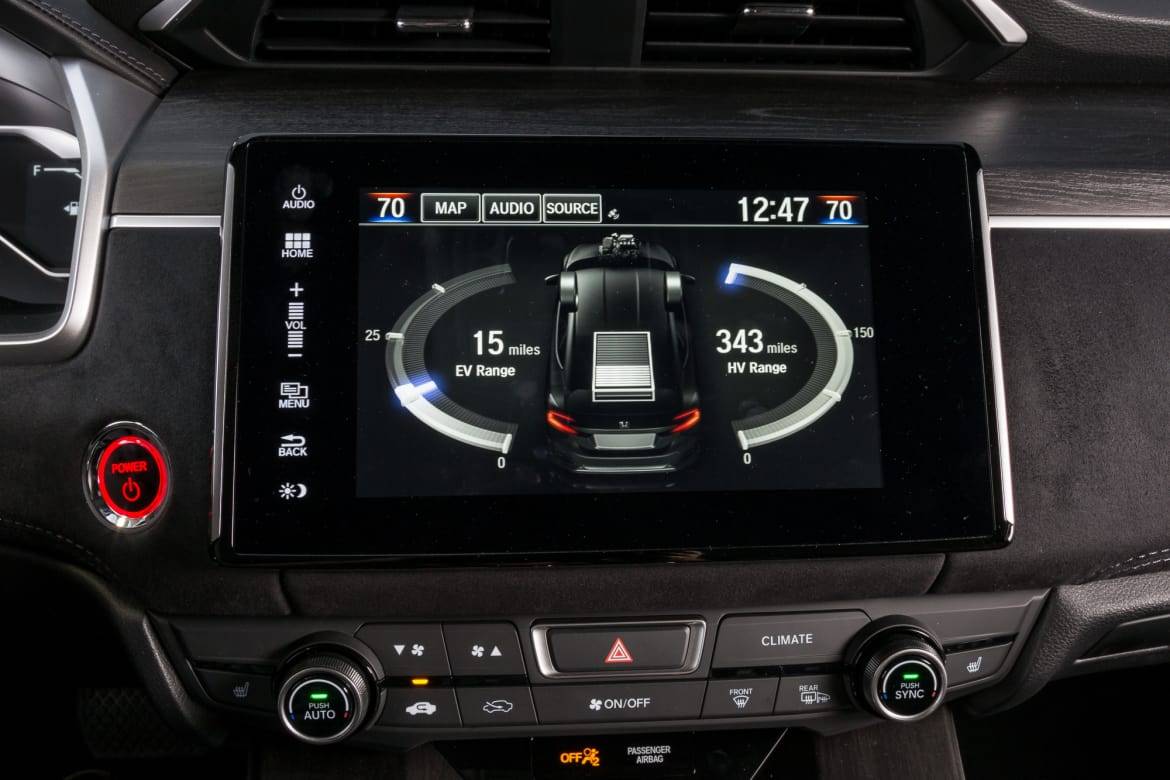
As for the Clarity’s driving experience, it’s … fine. Typical of most plug-in hybrids, the Clarity provides modest all-electric acceleration. It responds more like most plug-in hybrids (the Toyota Prius Prime and Ford C-Max Energi, for examples) than the Chevrolet Volt, relying on both the electricity and the gas to accelerate its quickest. The Volt accelerates strongly under electric power alone and fires up the gas engine only at very high speeds or when the battery is depleted.
The Clarity’s accelerator pedal travel automatically triggers the engine after you push past a certain point in pedal travel (like a gear-kickdown pedal switch on some automatic-transmission cars). Even if you don’t press the pedal past the resistance point, the engine may also turn on based on load. The threshold depends on which driving mode you’re in, but you can expect to remain under electric power under normal circumstances. The EV range is a good indicator of how well a PHEV is earning its keep, but in some cases — such as higher speeds — the car should be trusted to determine which power source is more efficient for the circumstances.
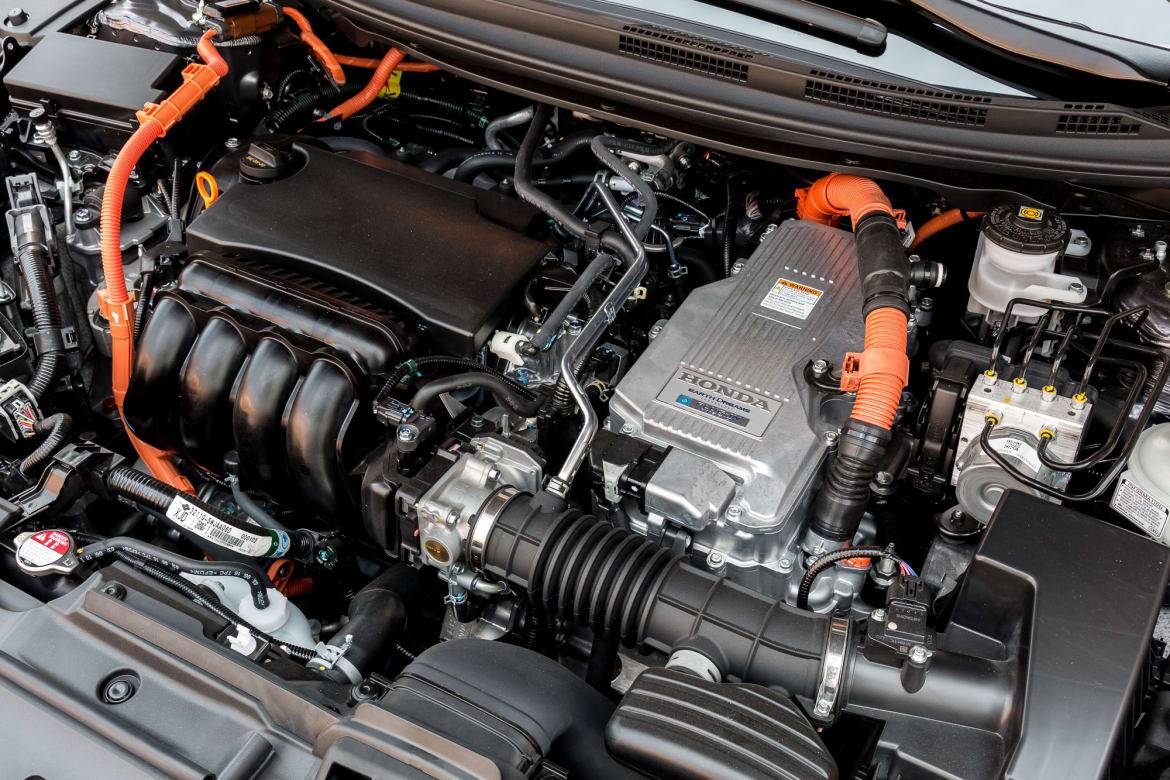
Because it employs a gas engine that turns on and off, the Clarity exhibits some of the inconsistent acceleration one feels in most hybrids, plug-in or not. The Clarity Plug-In Hybrid’s powertrain is closer in principle to that of hybrid Toyotas, Fords and the Honda Accord Hybrid because it has two electric motors, one of which serves primarily as a generator. For most of its hybrid history since introducing our country’s first gas/electric hybrid with the 2000 Insight, Honda had employed a single electric motor essentially fixed to the engine’s crankshaft that assisted acceleration and provided regenerative braking but didn’t allow the gas engine to stop turning over when the car was in motion. That system felt more natural and linear, but it failed to deliver the efficiency that comes from two electric motors, a gas engine running the efficient Atkinson cycle and the capacity to run them all separately and blend their output. Honda’s solution feels — not surprisingly — like a hybrid.
Unfortunately, the same is true of its brake pedal, which has the telltale numb and inconsistent feel of regenerative braking.
When the Juice Is Gone
You also want a PHEV to get decent mileage after the electric range is depleted. For the Clarity, the EPA estimates mileage at 44/40/42 mpg (city/highway/combined) for regular hybrid operation when the electric range is depleted. This combined figure matches the Volt and beats the Kia Optima Hybrid by 2 mpg and the BMW i3 REX by 7 mpg, but it’s a solid 12 mpg behind the Prius Prime despite the Toyota having almost half the electric range. Given the differences above and the tradeoffs between electric range and gas mpg from one model to the next, prospective buyers should think about what’s most important to them, and they should consider differences in drivability as well.

Issues With PHEVs
The concept of driving on battery power for a respectable distance but having a gas engine for backup is a great one on its face, but the vehicles meeting this description haven’t exactly disrupted the U.S. market. Why? Two reasons, the first and more important being that gas is too cheap.
The second reason interest in plug-in hybrids remains tepid even among environmentally minded shoppers is that their all-electric range is usually too short — or they sacrifice some other quality to provide the desired range, such as occupant or cargo space. The EPA rating of 47 electric miles before the gas kicks in puts the 2018 Clarity Plug-In Hybrid in a different class, closer to the 2018 Chevrolet Volt (EPA-estimated 53 miles electric) and well past the 2017 Kia Optima Plug-In Hybrid (29 miles) and 2017 Toyota Prius Prime (25 miles), but nowhere near the more expensive 2017 BMW i3 REX (97 miles).
A Three-Way Race
The Clarity PHEV’s closest competitors are arguably the Volt and Prius Prime, though the Volt is technically a compact where the others are mid-size. The Clarity plug-in hasn’t been priced, but Honda says it will be in the “mid-$30,000s,” putting it head-to-head with the Volt at $34,095 (all prices include destination charges). All of these models are eligible for varying amounts of a federal tax credit that lowers lease payments (when offered) or offsets the purchase price come tax time. The Clarity PHEV’s long electric range (and its 17-kilowatt-hour battery pack) suggests its tax credit should match the Volt’s $7,500 maximum (for taxpayers who owe that much). The Prius Prime’s smaller battery rates a $4,502 credit, though the car starts at $27,995. And don’t forget that the Chevy and Honda essentially require 240 volts and 30 amps to be worthwhile, which translates to Level 2 charging equipment and associated home installation. The Clarity PHEV takes an estimated 2.5 hours to charge at Level 2.
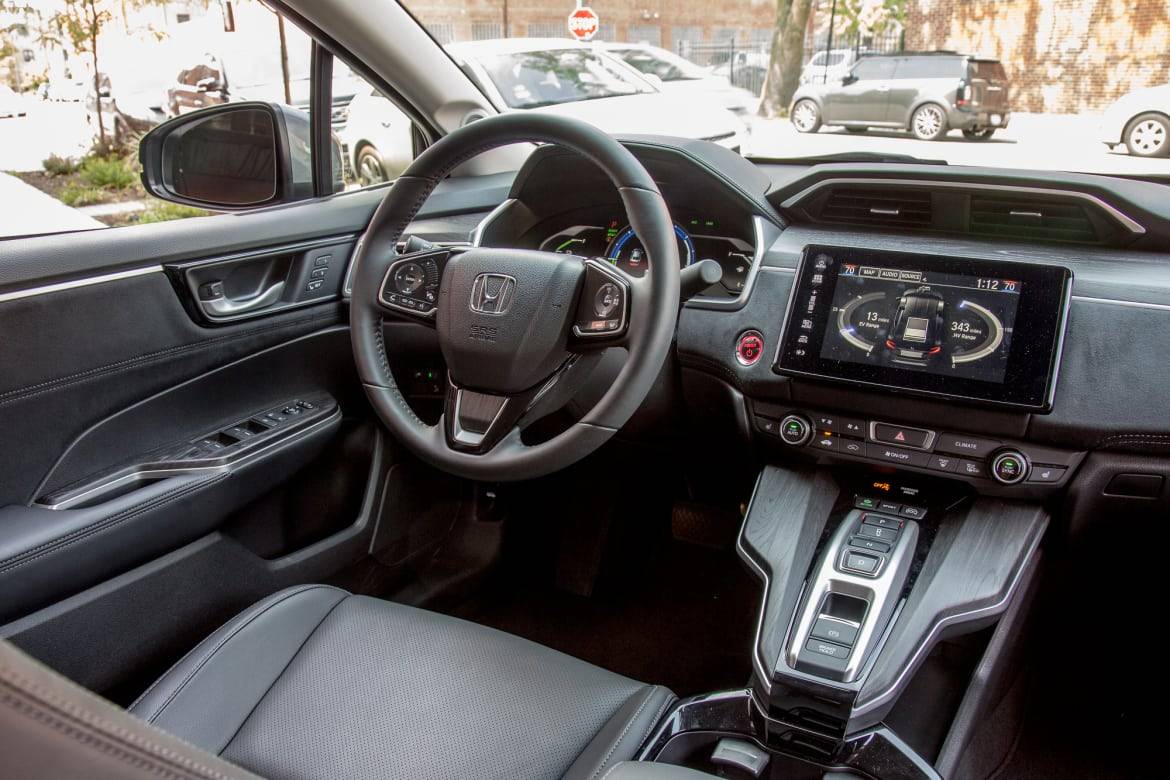
Though our time with the Clarity PHEV was brief, we can say we prefer the acceleration of the Volt, which always feels as linear as any pure electric vehicle as opposed to a hybrid. But the Chevy also has awful brake pedal feel. If memory serves, the Prime is more robust than the Clarity in electric mode and more responsive to initial application of the pedal.
Total-Range Anxiety
PHEVs have a bad habit of sacrificing total range due to fuel tanks downsized to accommodate bulky batteries. The characteristically conservative Honda says the Clarity plug-in will go a total of 330 miles with a full battery and tank — though the one we tested predicted more than 371 miles with a full tank and a battery at around 50 percent. This just illustrates how much range varies with driving style, especially under electric power. The Clarity’s total range isn’t terrible, but it’s not what EPA estimates you’d get from a four-cylinder Accord (up to 516 miles), 2017 Accord Hybrid (758) or a Volt (420). The i3 REX, on the other hand, goes 180 miles total, meaning only 83 miles per tankful of gasoline.
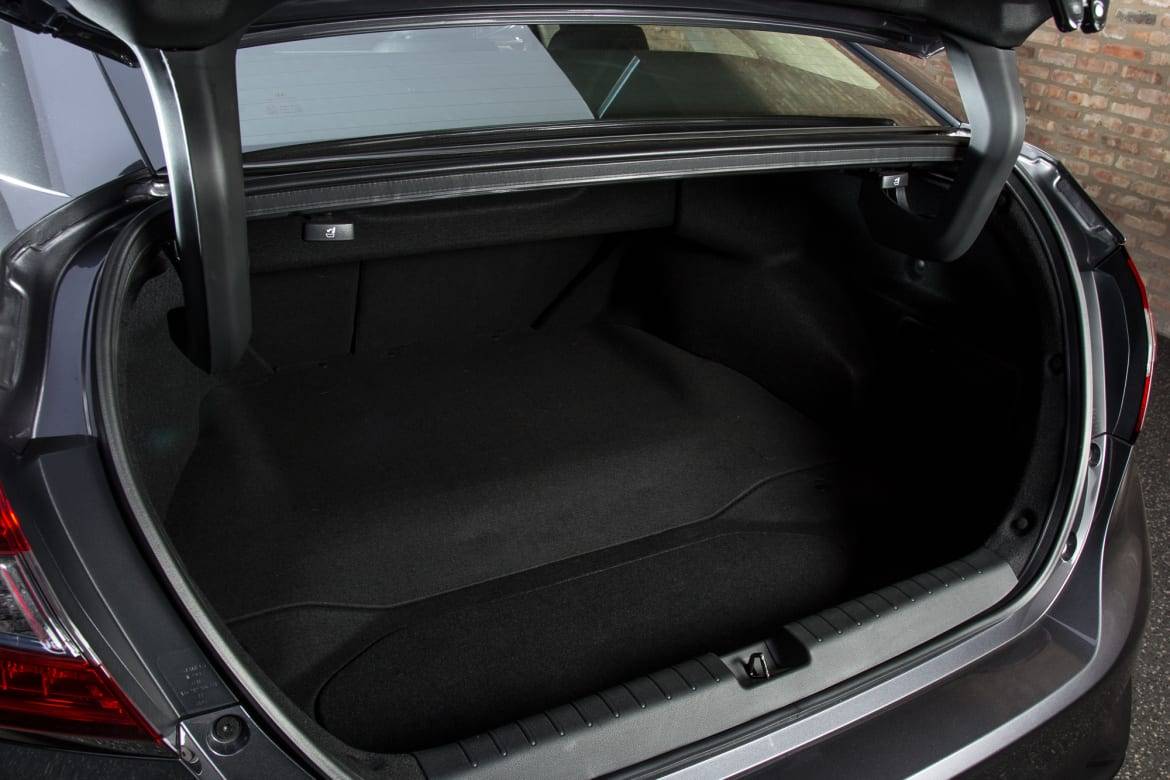
With 15.4 cubic feet of trunk space, the Clarity PHEV makes no great sacrifice for its battery bulk — and is definitely better than the Clarity Fuel Cell, which has hydrogen tanks that diminish trunk volume to 11.8 cubic feet.
To be clear, the downsides of the Clarity’s driving experience are darn near universal — from Acura to Volvo. They are downsides that buyers of hybrids (and battery electrics, to an extent) don’t notice or are willing to accept. The Clarity Plug-In Hybrid seems like it will be a game-joiner in very good standing; the plug-in-hybrid game-changer, however, is yet to be found.
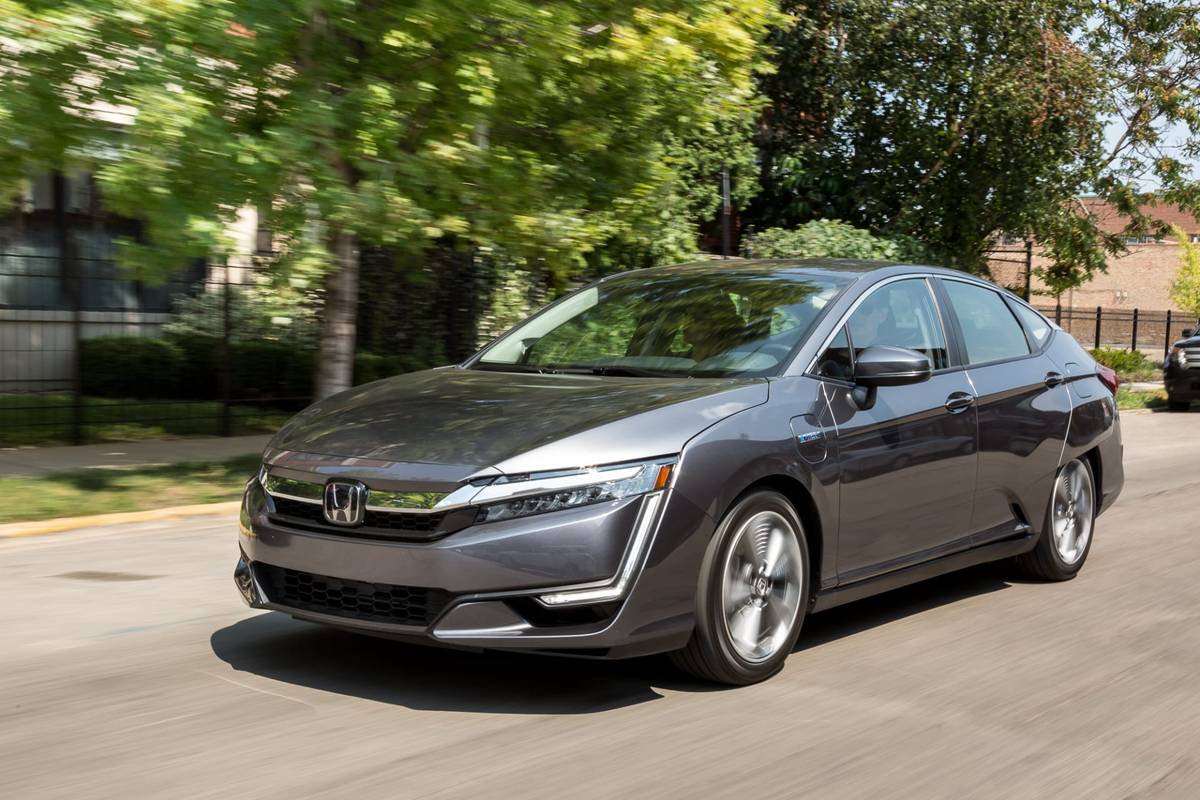

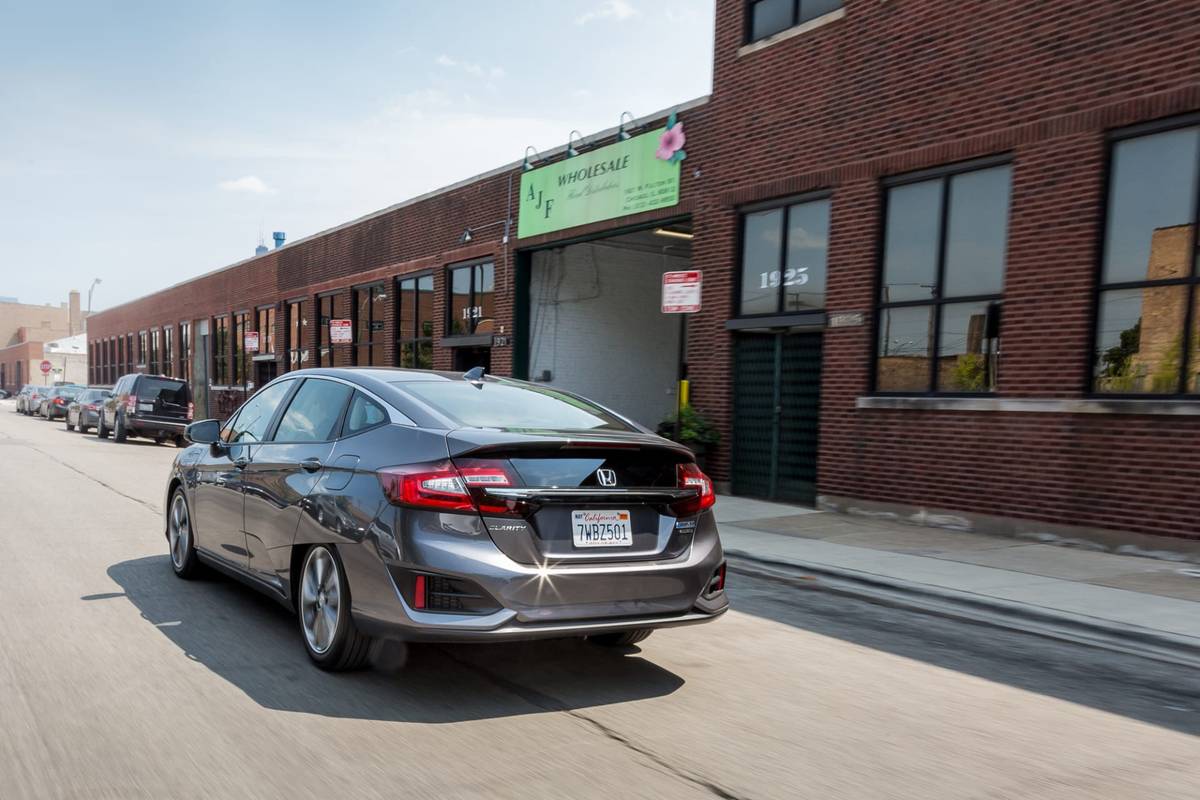
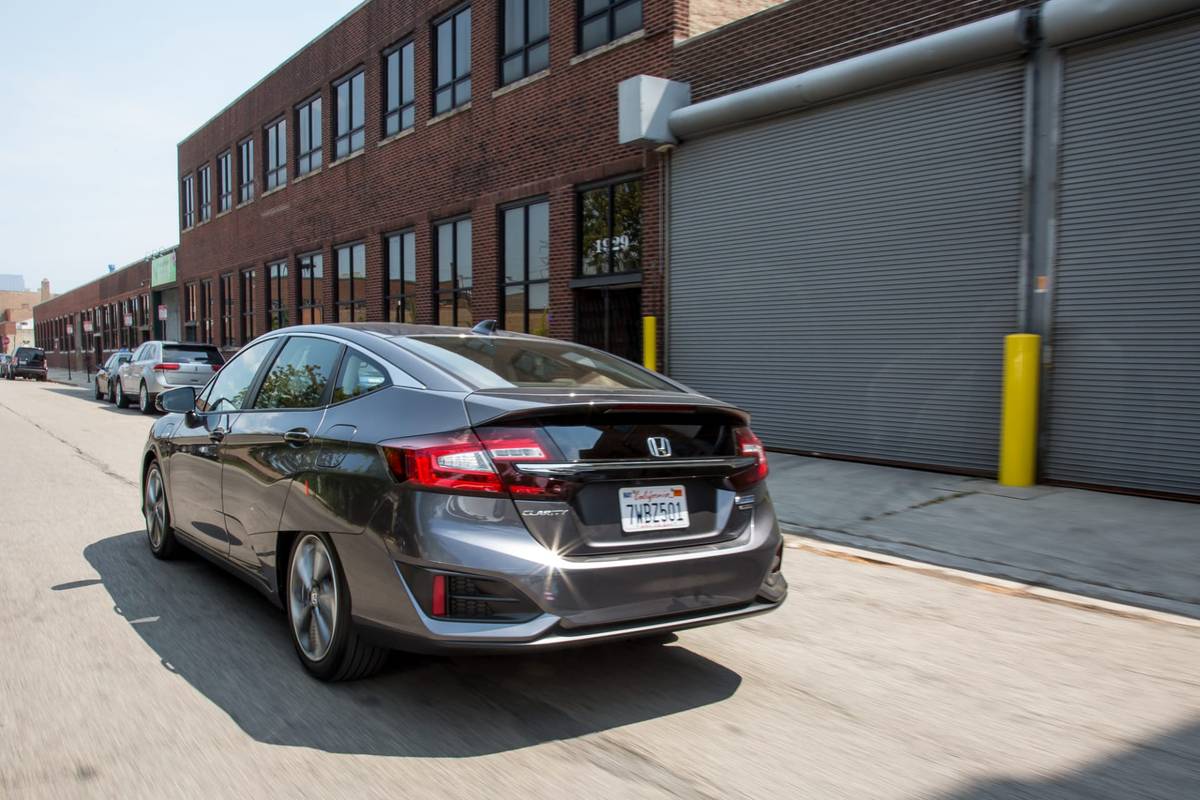

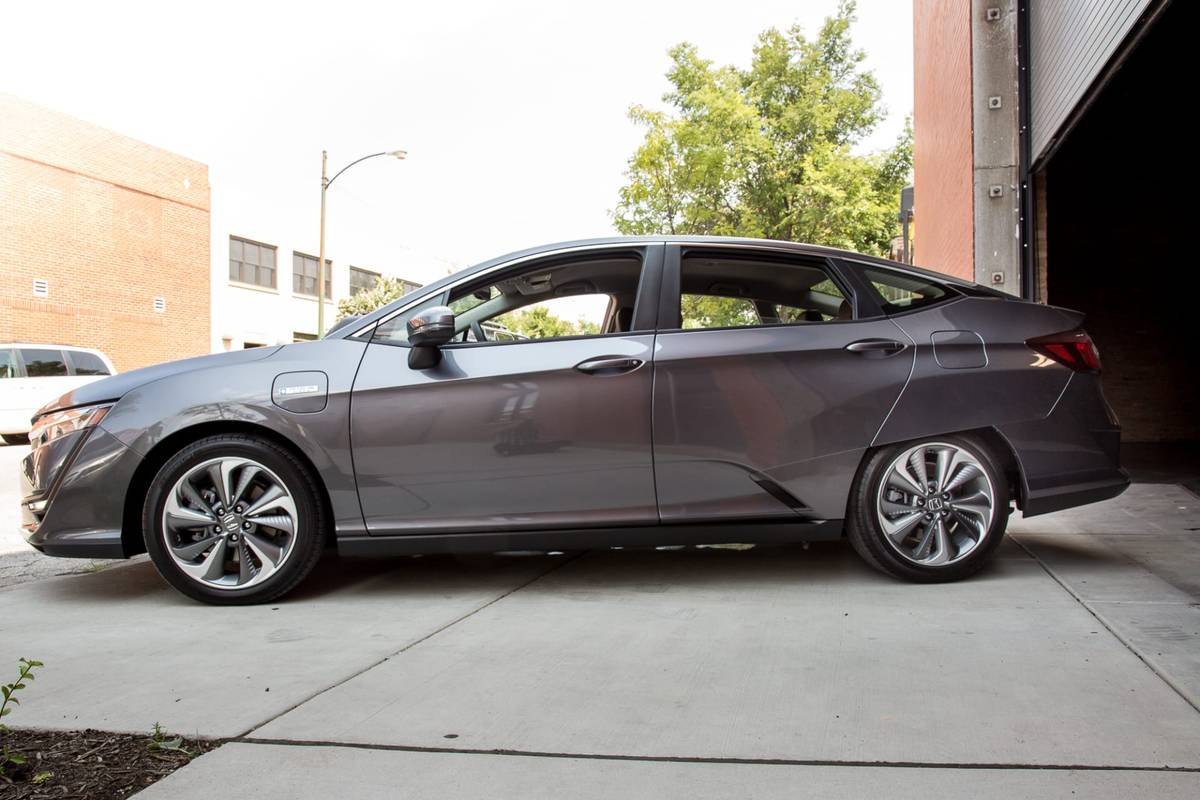
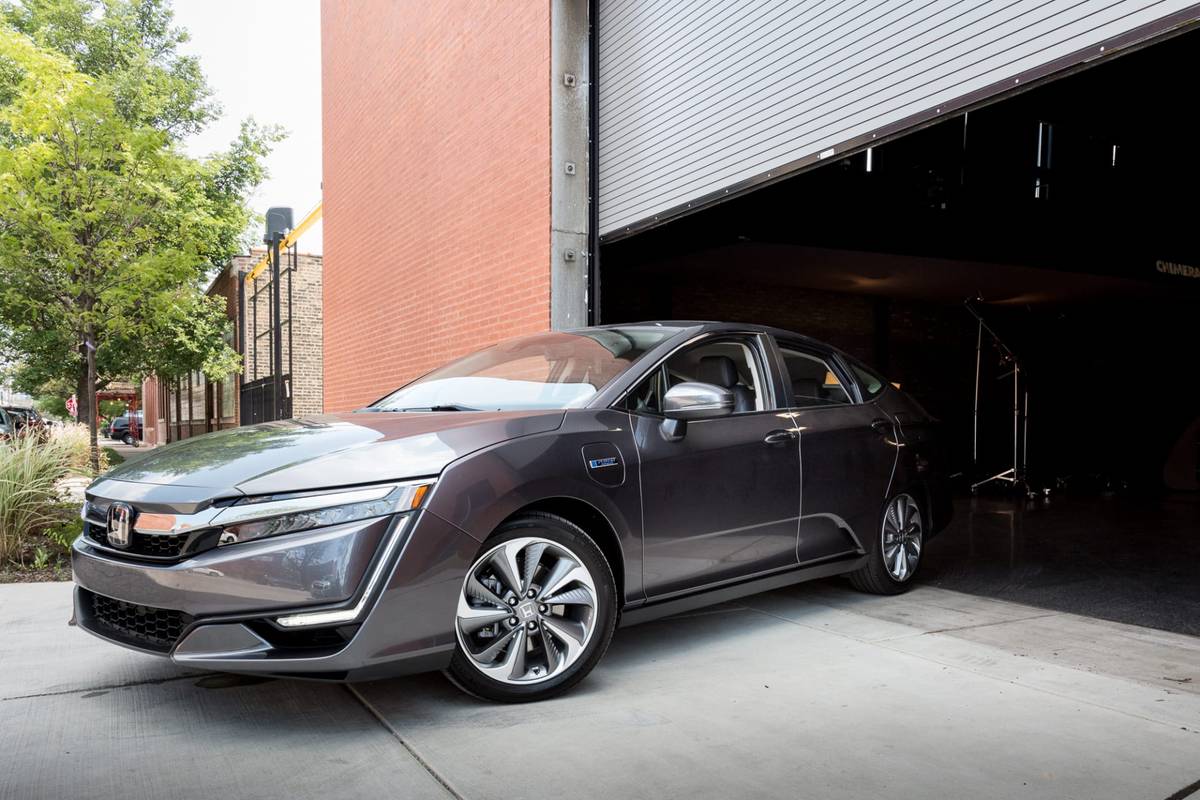
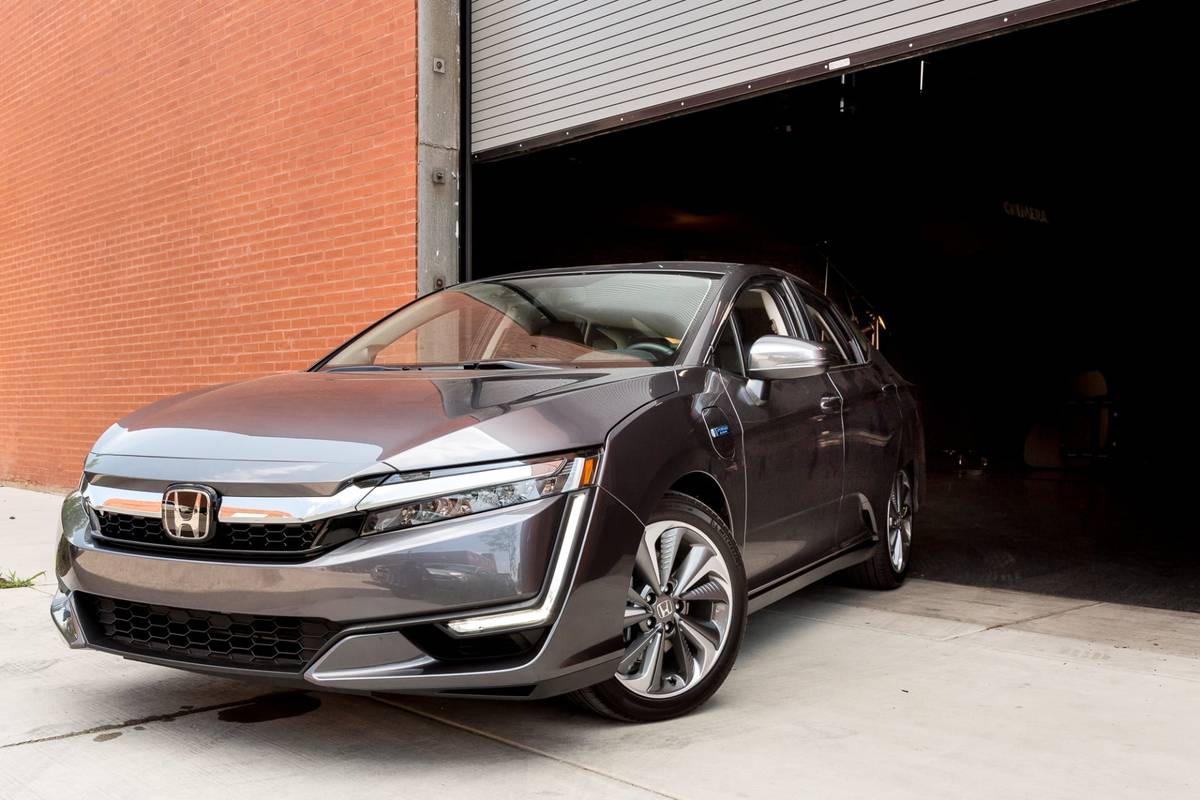
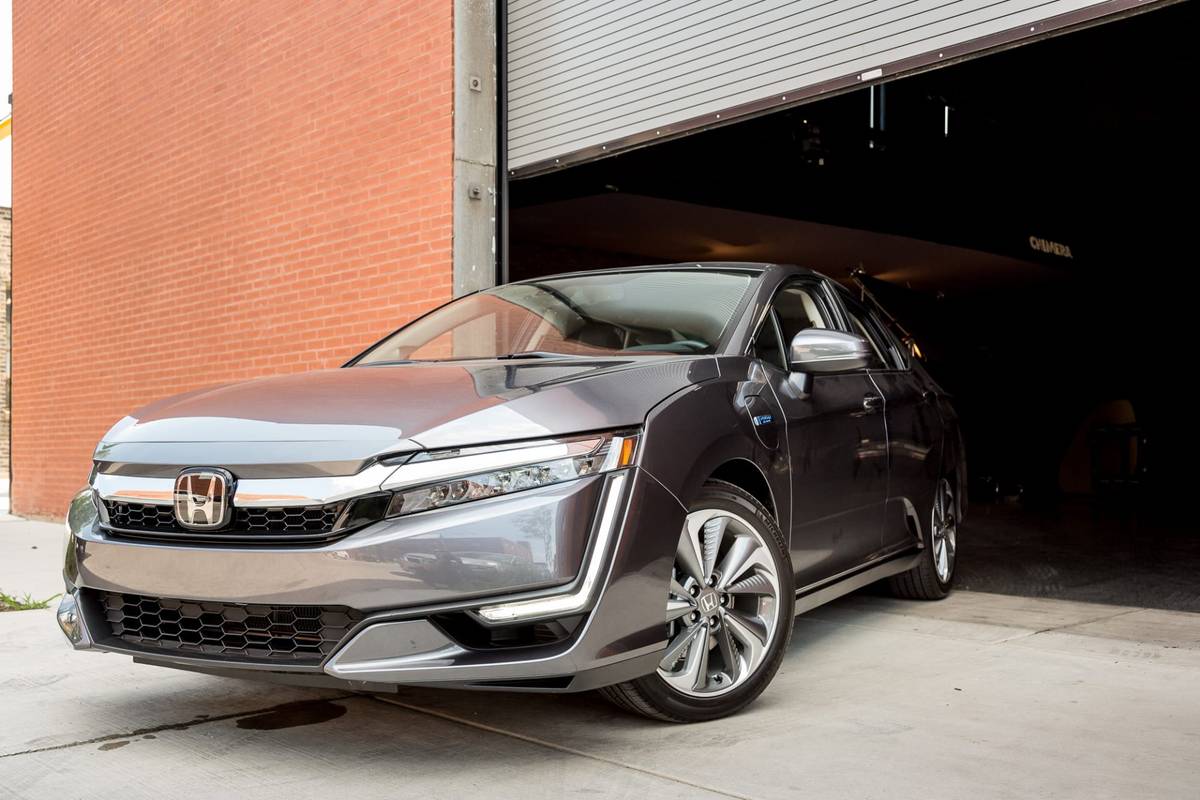
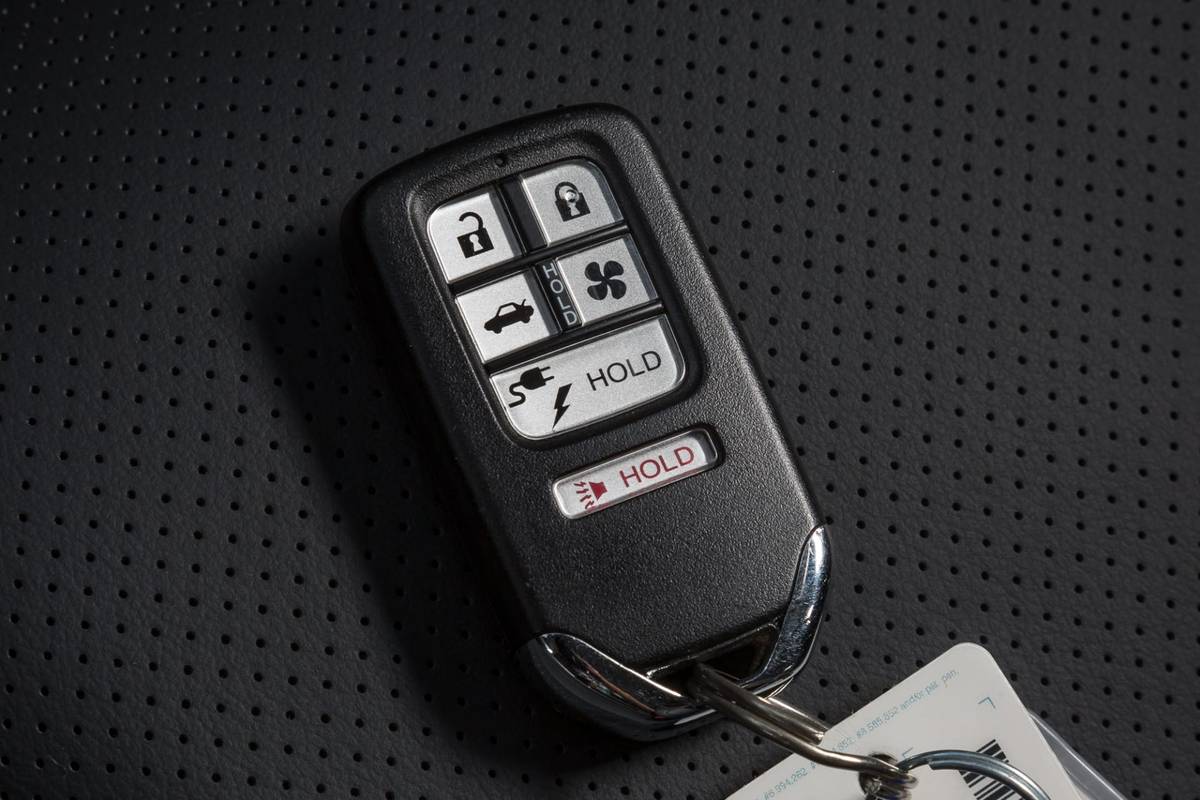
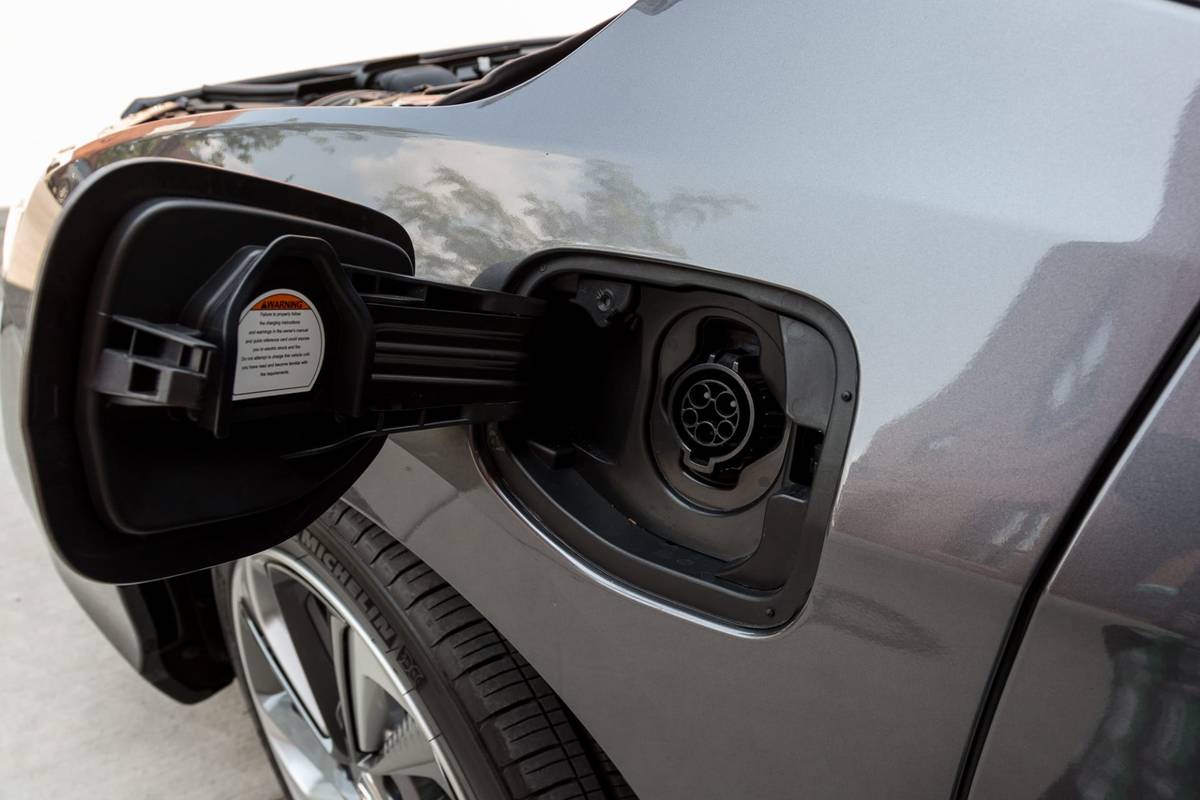
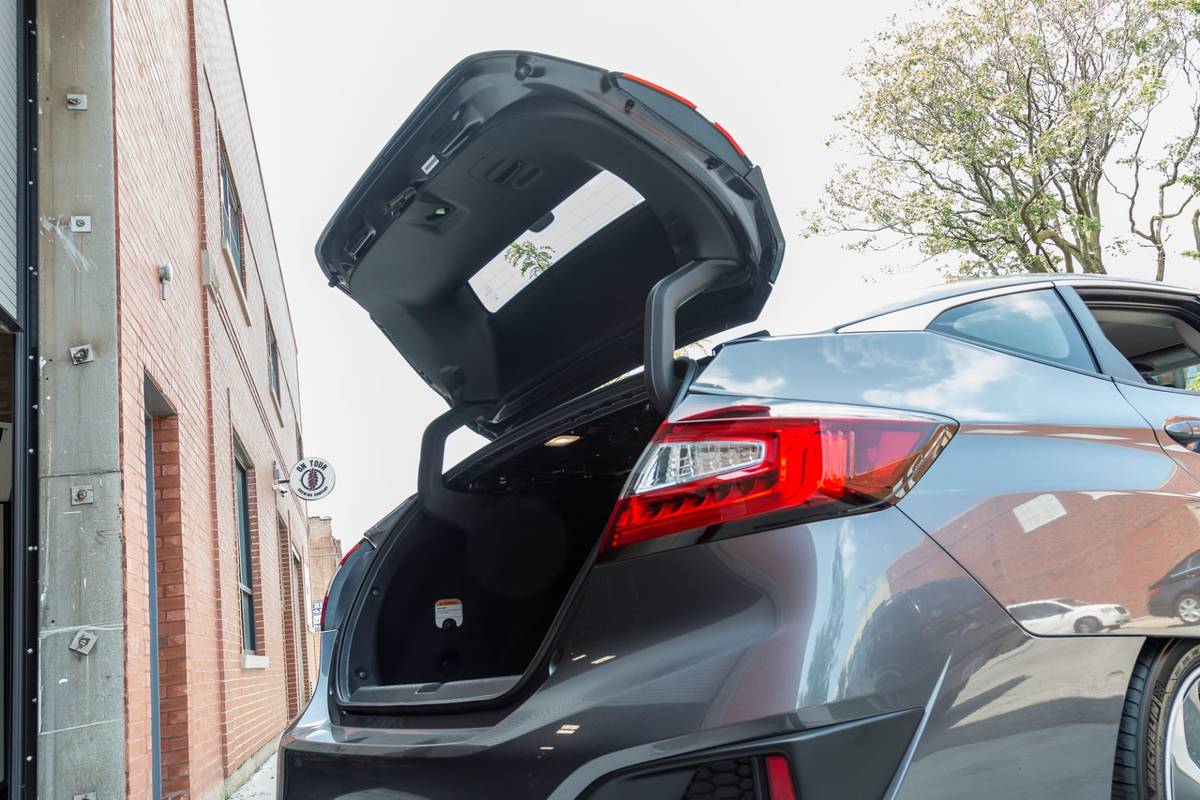
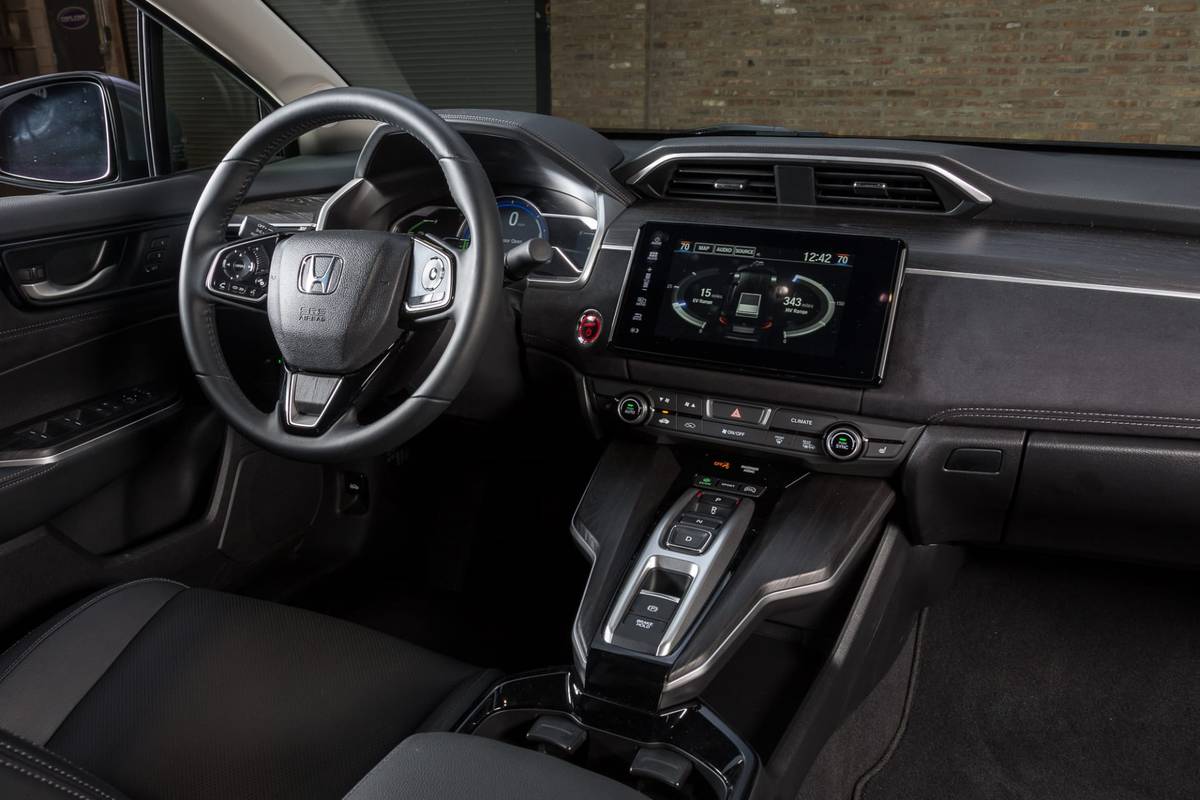
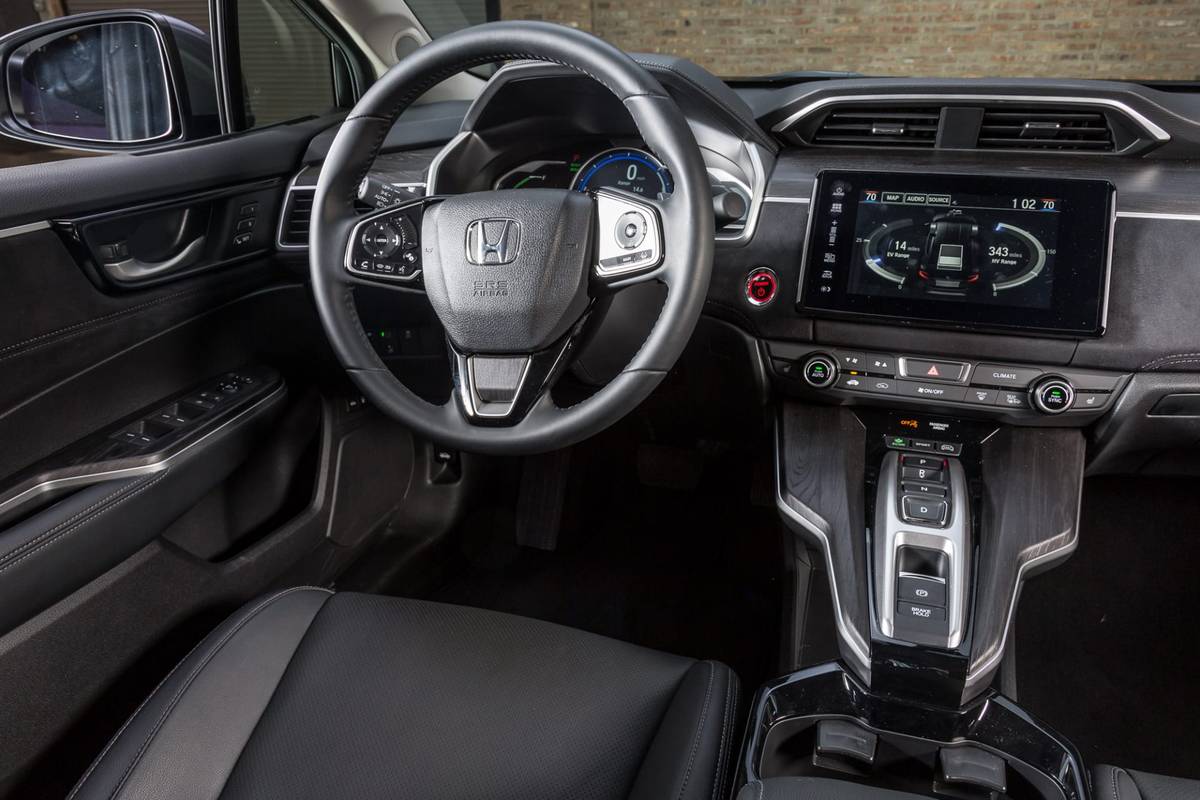
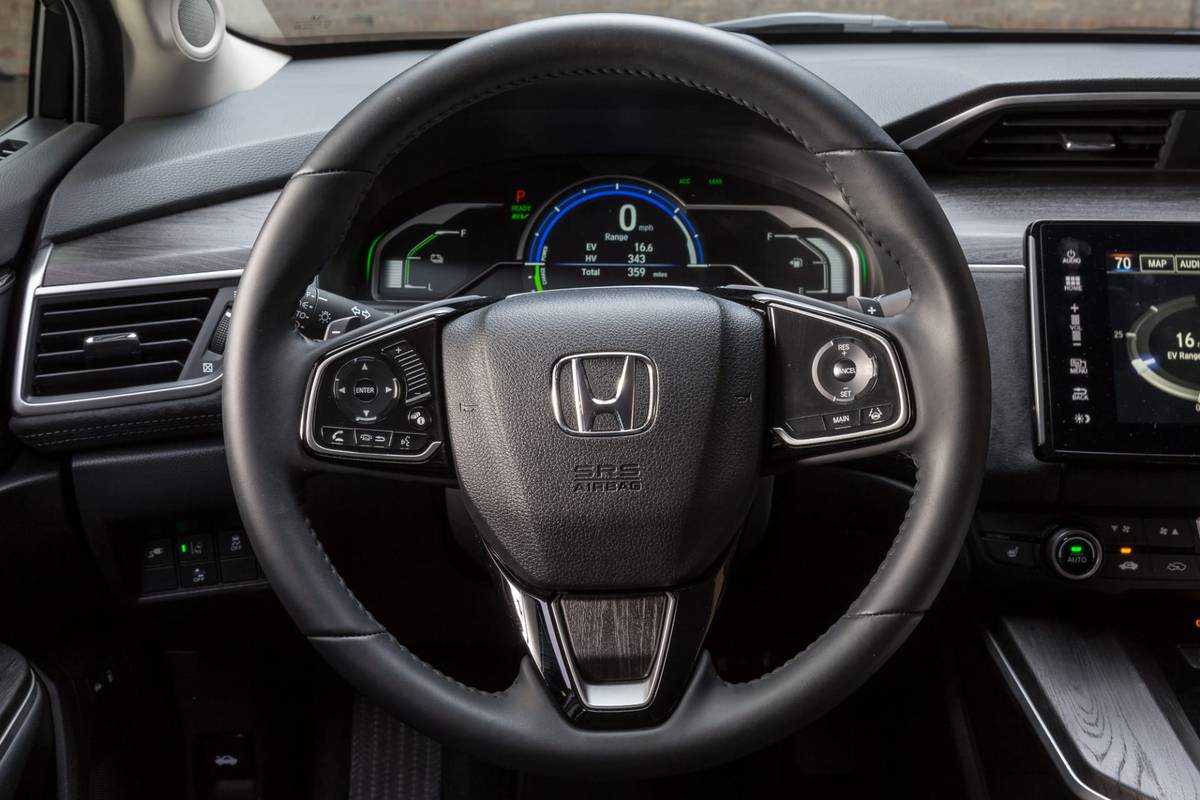
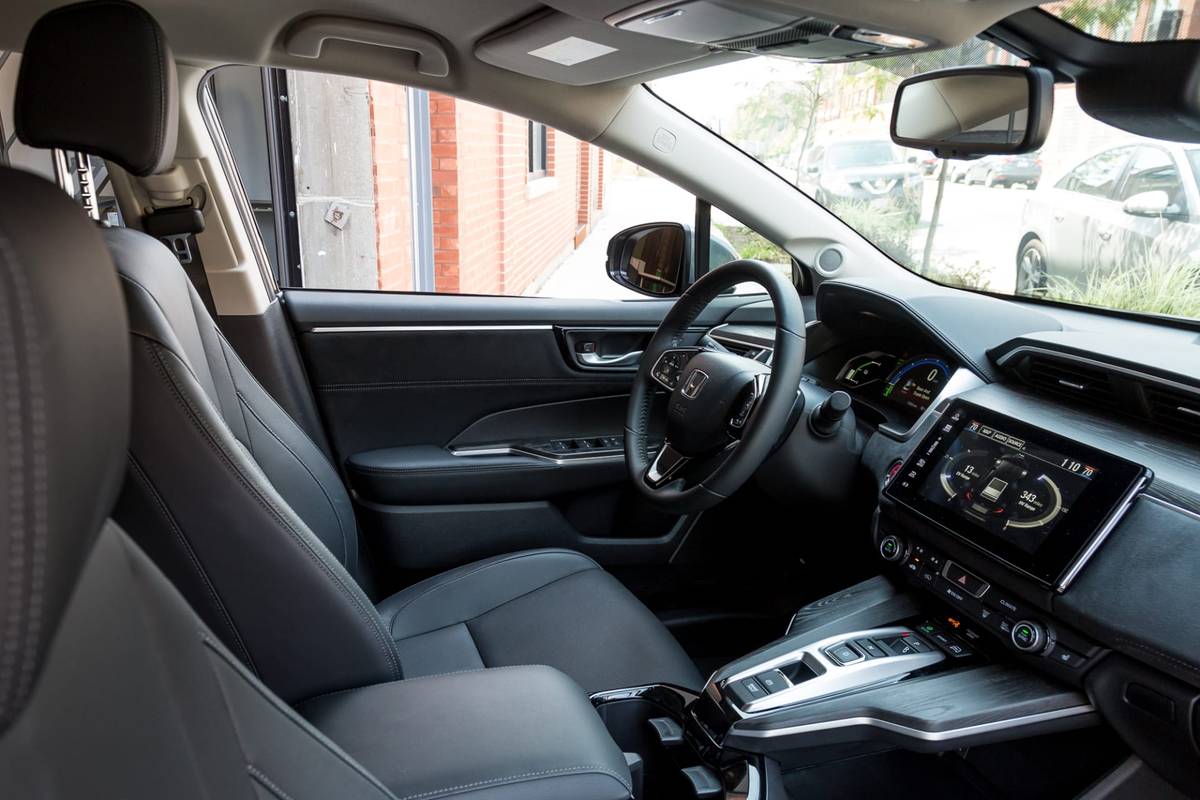
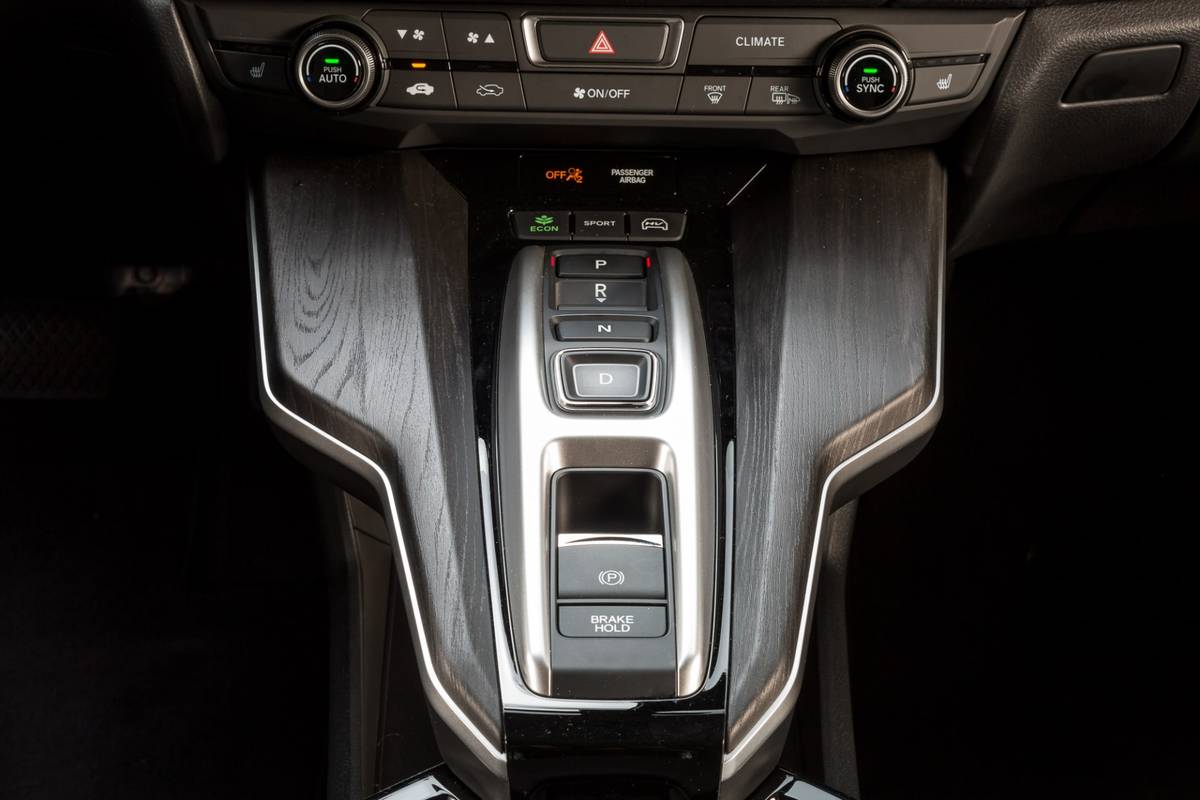
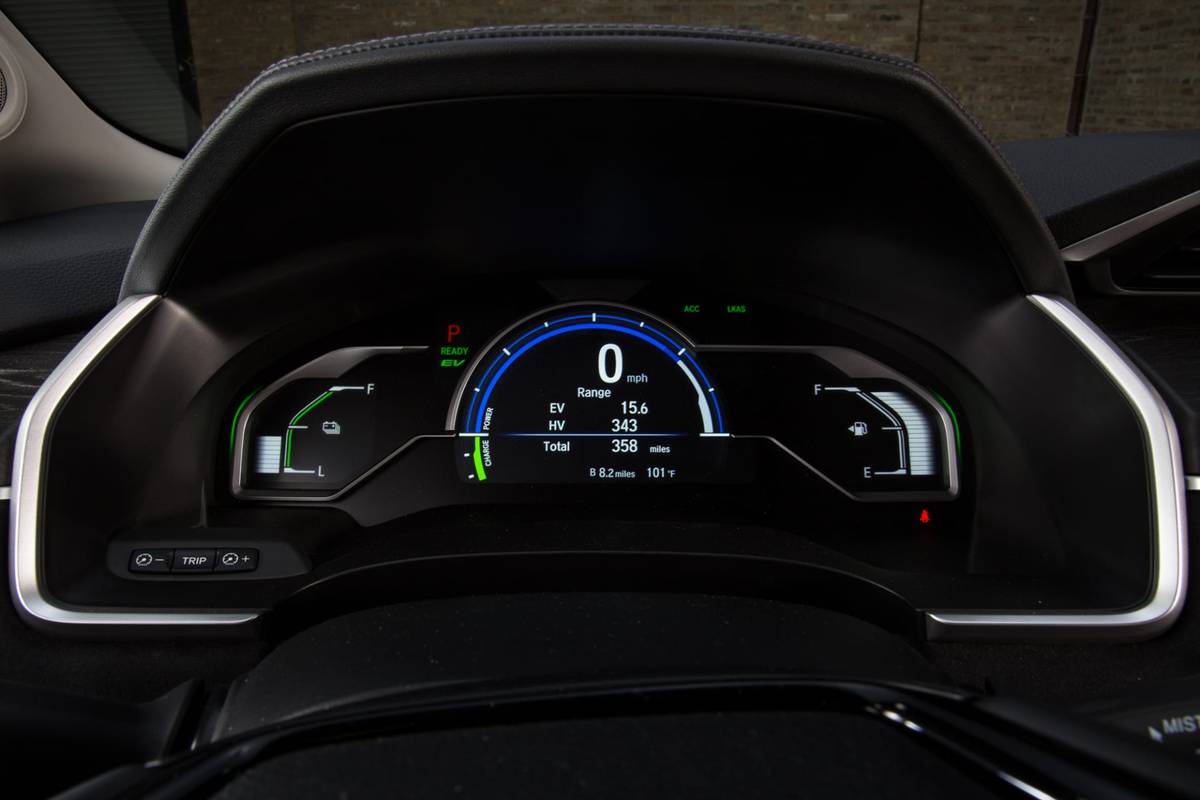

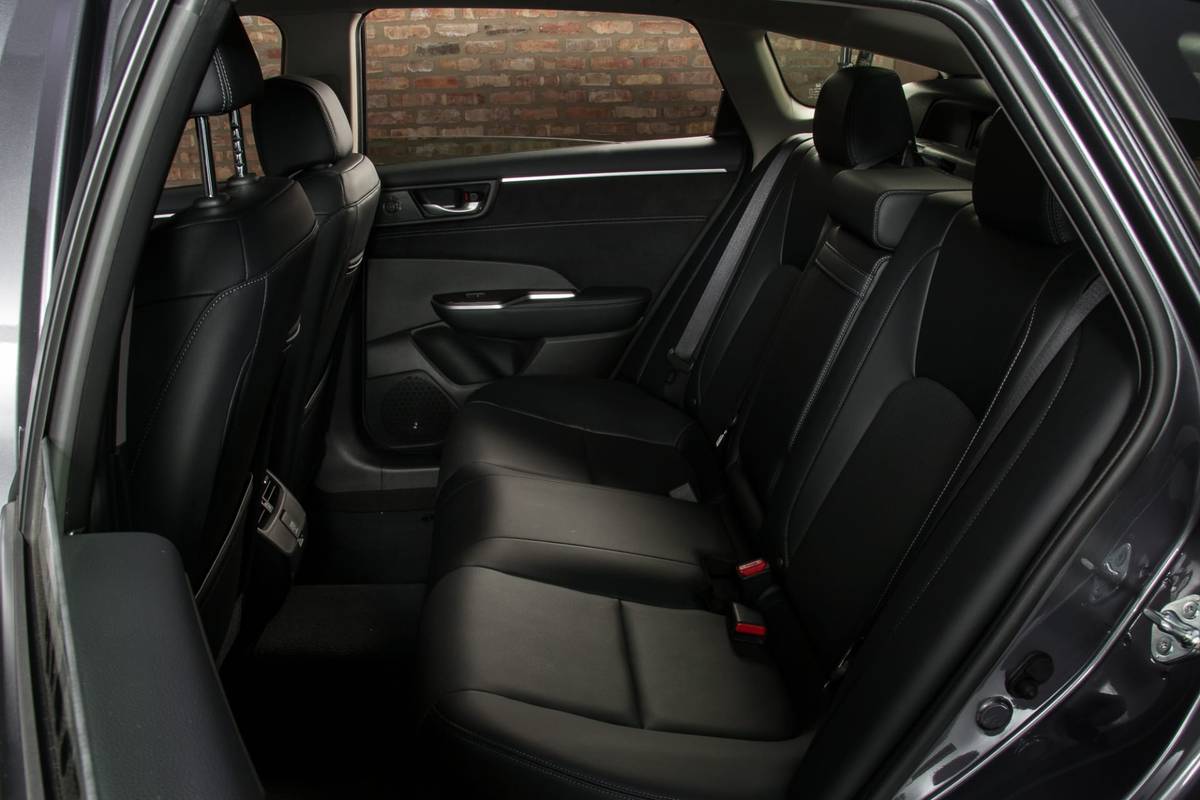


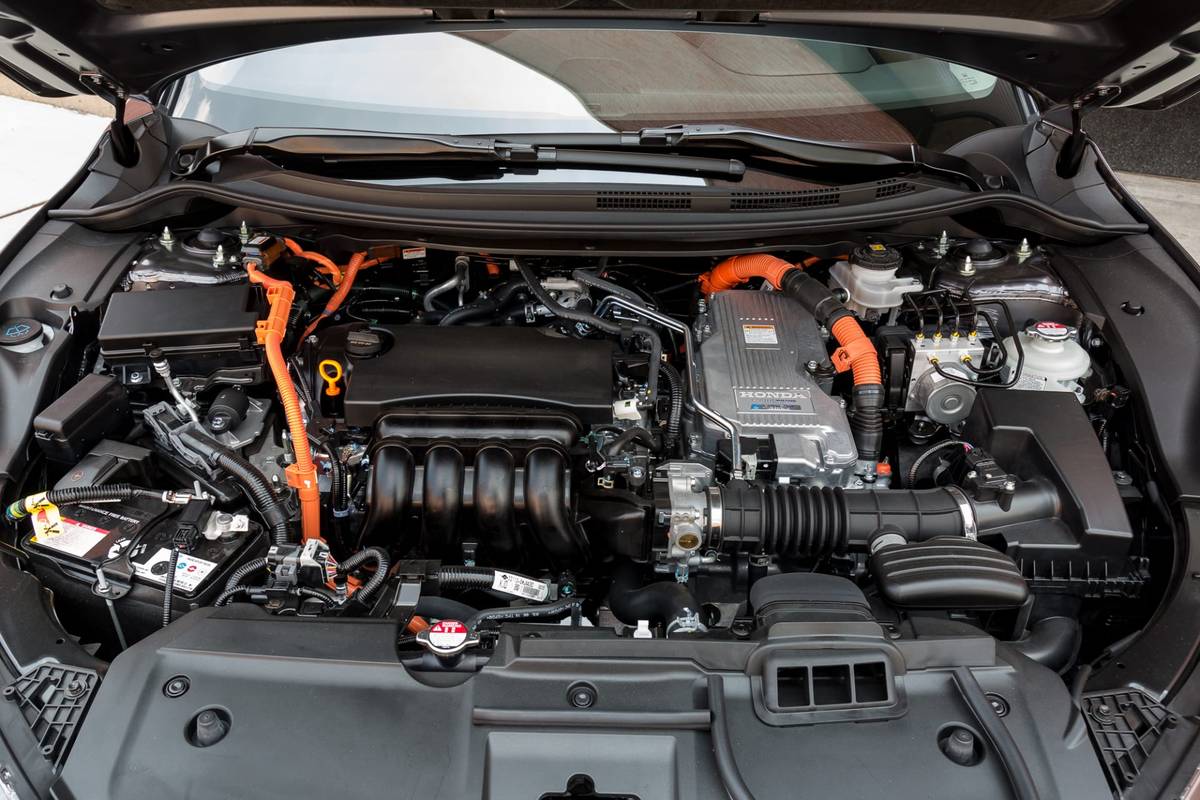


































Former Executive Editor Joe Wiesenfelder, a Cars.com launch veteran, led the car evaluation effort. He owns a 1984 Mercedes 300D and a 2002 Mazda Miata SE.
Featured stories
